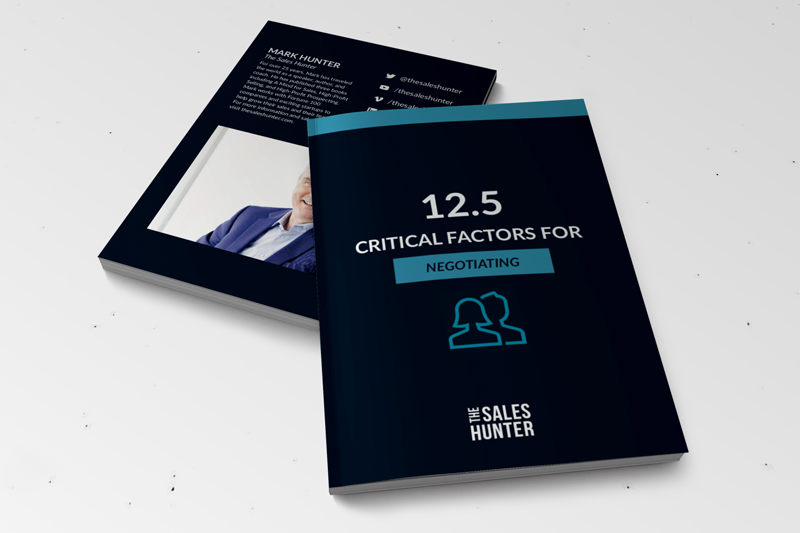What’s the reason the vast majority of prospecting calls really go south quickly?
Picture this: you finally get that prospect on the phone, but you weren’t expecting them to actually answer. What do I say? What do I say?
This causes more salespeople to stumble and fall. The answer is not: “Hi, my name is so-and-so and I want to introduce myself.” You say that and you’re going to turn anybody off. The other person didn’t really want to take a call from a salesperson.
Instead, you’ve got to lead with a question or a statement relative to them. How? If you want to start any call off on the right foot, follow these four guidelines.
1. Make sure you’re in your lane.
I hope you’re only prospecting those with whom you know you can make a difference.
Is this prospect someone you can help achieve something that they didn’t think was possible? In other words, you’re calling in your ICP, your ideal customer profile.
2. Make a list of your outcomes.
Take your existing customers in your ICP and write down the outcomes you provided them. Not what you sold them, that’s irrelevant. What are the outcomes that you helped them create?
The next day I begin to write down others who might benefit from that same outcome. What questions would get those individuals thinking? What statements could they benefit from?
This is where you get your content. It’s also where you get your confidence to be able to pick up the phone and call that prospect.
3. Use previous experience to create value.
Let me give you an example. You may have had a customer that you sold something to that allowed them to deal with changes in the regulatory environment. That’s a question you can lead with.
Next, you get a prospect on the phone and you ask, “How are you dealing with regulatory changes that are impacting so many in your industry?” That is a question that’s undoubtedly relevant to them. This is why we have to prospect within our ideal customer profile. You’re going to school on your existing customers to help you with future prospects.
4. Use those same questions to get past the gatekeeper.
This is the strategy you can use when you don’t know who you need to be talking to.
You can skip saying, “Hi, I’m not sure who I should be talking to, but could you connect me with so-and-so?” Say that and they’re immediately going to assume that you’re a salesperson and probably connect you with purchasing. That’s the business prevention department!
You want to connect with the user, somebody who’s in a much better position to help you. This is why, even with that gatekeeper, you lead off with that same question, “Hey, how is your company dealing with the regulatory changes regarding X?” Or, “Hey, how are you handling the expansion of this?”
You ask the gatekeeper that and they’re going to say, “Well, I can’t answer that question.” Bingo! Now you say, “Well, can you connect me with someone who could?” Now you’re going to have a far greater probability of being connected to a person who you want to talk to versus somebody who wants to avoid you.
How to Focus on Fewer Prospects
Mark confronts the widespread belief that more prospects equate to more sales.
Know, Like, Trust: Building Lasting Sales Relationships
w/ Mark J. Carter
Learn how to transform the sales journey into a trust-building exercise rather than a race to close the deal.
Listen now on any podcast platform! Episode 234.
Copyright 2024, Mark Hunter “The Sales Hunter” Sales Motivation Blog. Mark Hunter is the author of A Mind for Sales and High-Profit Prospecting: Powerful Strategies to Find the Best Leads and Drive Breakthrough Sales Results.














One Response
Mind blowing learning experiences